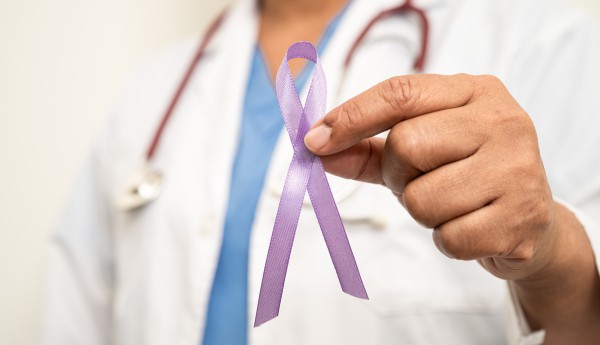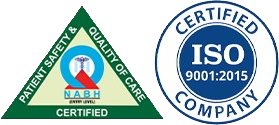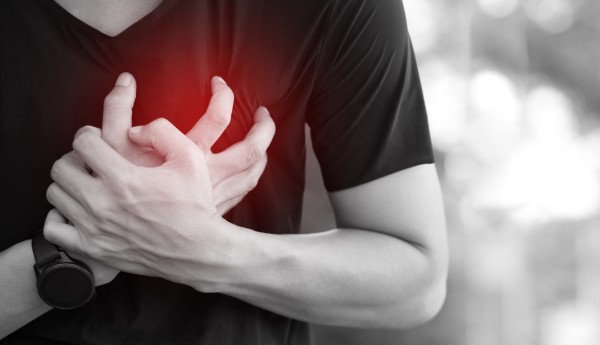Preventing Heart Attacks: Empowering Heart Health for Life Preventing Heart...
Read MorePrecautions to Reduce Cancer Risk: Empowering Healthier Choices

Precautions to Reduce Cancer Risk: Empowering Healthier Choices
Precautions to Reduce Cancer Risk: Empowering Healthier Choices Preventing Heart...
Read MoreFirst Aid For Poisoning: Quick Response Saves Lives
First Aid for Poisoning: Quick Response Saves Lives Popular Posts...
Read MoreCategories
- Cancer
- Cardiac Care
- Children’s Health
- Diabetes
- ENT
- First Aid
- Health Emergencies
- Health Tips Health
Taking proactive steps to reduce cancer risk is essential for maintaining overall health and well-being. While not all cancers are preventable, adopting healthy lifestyle habits and minimizing exposure to known risk factors can significantly lower the likelihood of developing certain types of cancer. Here are some precautions to consider:
1. Maintain a Healthy Diet:
Focus on a diet rich in fruits, vegetables, whole grains, and lean proteins.
Limit consumption of processed foods, sugary beverages, and red or processed meats.
Aim to achieve and maintain a healthy weight through balanced nutrition and regular physical activity.
2. Stay Active:
Engage in regular physical activity for at least 30 minutes a day, most days of the week.
Incorporate a variety of exercises, including cardio, strength training, and flexibility exercises, into your routine.
Choose activities you enjoy to make exercise a sustainable part of your lifestyle.
3. Avoid Tobacco:
Refrain from smoking cigarettes, cigars, or pipes, and avoid exposure to secondhand smoke.
If you currently smoke, seek support and resources to quit smoking for good.
Stay away from smokeless tobacco products, such as chewing tobacco and snuff.
4. Limit Alcohol Consumption:
Drink alcohol in moderation, if at all. Limit consumption to no more than one drink per day for women and two drinks per day for men.
Consider alternatives to alcohol when socializing or relaxing, such as sparkling water with a splash of fruit juice or herbal tea.
5. Protect Yourself from the Sun:
Minimize exposure to ultraviolet (UV) radiation by wearing sunscreen with SPF 30 or higher, seeking shade during peak sunlight hours, and wearing protective clothing, hats, and sunglasses.
Avoid indoor tanning beds, which emit harmful UV rays and increase the risk of skin cancer.
6. Get Vaccinated:
Stay up-to-date on vaccinations recommended for cancer prevention, such as the human papillomavirus (HPV) vaccine to protect against cervical, throat, and other cancers associated with HPV infection.
7. Practice Safe Sex:
Limit the number of sexual partners and use condoms to reduce the risk of sexually transmitted infections (STIs) that can increase the risk of certain cancers, such as cervical cancer.
8. Screen Regularly:
Follow recommended screening guidelines for various types of cancer, such as mammograms for breast cancer, Pap tests for cervical cancer, colonoscopies for colorectal cancer, and skin exams for melanoma.
Discuss your individual risk factors and screening options with your healthcare provider.
9. Be Mindful of Environmental Exposures:
Minimize exposure to environmental pollutants and toxins, such as air pollution, asbestos, pesticides, and industrial chemicals, whenever possible.
Follow safety guidelines and use protective equipment when working with potentially hazardous substances.
10. Prioritize Mental and Emotional Well-being:
Manage stress through relaxation techniques, mindfulness practices, and hobbies that bring joy and fulfillment.
Seek support from friends, family, or mental health professionals if you’re experiencing emotional distress or struggling to cope with life’s challenges.
Remember:
While these precautions can help reduce cancer risk, it’s essential to prioritize overall health and well-being through regular medical check-ups, screenings, and healthy lifestyle choices.
Consult with your healthcare provider for personalized recommendations based on your individual health history, risk factors, and lifestyle.
By taking proactive steps to reduce cancer risk and promote overall health, you can empower yourself to lead a healthier, more vibrant life.
Together, let’s make informed choices and prioritize well-being for ourselves and future generations.




